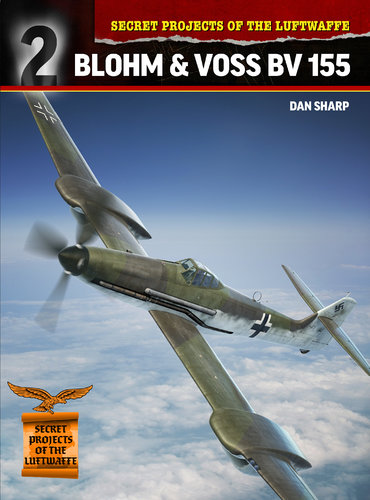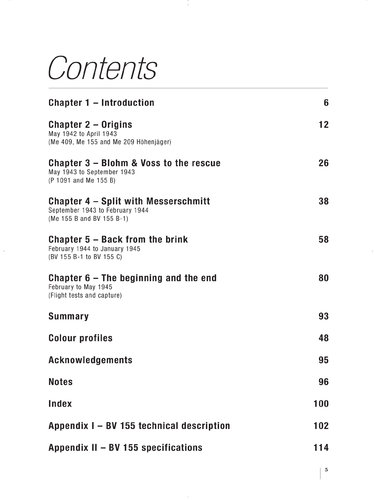Most unfortunate! Especially as the book format Spitfires over Berlin is fully-justified. Plus medium format books should be done with 2 columns, not 1.
For me, I don't care about the layout but rather the information contained. Looking very much to see/read this one, especially if it is as good as your other publications Dan.
Content is king for sure, but a little part of me dies inside when great content is presented in a less than beautiful format. There is a beauty of symmetry in a good page layout.
A multi-column layout is primarily about
readability not beauty. Long lines are not ideal for reading. However, the book above seems have quite short lines for a single column layout, so either the pages are small or the type quite big, or both, and its not necessarily the the case that it ought to be 2 column for readability.
Justification is harder to argue technically, as most readability research shows that justified text is slightly harder to read, particularly when done badly (Word, I'm looking at you). Its traditional for books to be justified, and it was once only achievable by typesetting professionals, and therefore justified text gives older readers in particular a feeling of being professionally published, as opposed to a "fanzine" or self-published book.
I must be an oddity in never having bought a book because I appreciated the layout of its pages. Neither have I ever been dissuaded from buying a book because I disliked the layout of its pages.
I have never in my life passed judgement on a book I haven't read, no matter how its pages were laid out - but I am sometimes prepared to say harsh things about books I have read and found to be inaccurate, misleading, poorly researched, dull, badly written or badly edited. The page layout of such a book does not interest me in the slightest. I'm not too fond of speculative material either.
I am ready to spend a lot of money if a book appears to have original secret project drawings in it I've never seen before, or promises to shed new light on a subject I care about. Books which offer accurate technical details hitherto unknown about secret project aircraft designs, particularly British cold war or German WW2, have my full attention.
When I buy a book, the first thing I do is look at the pictures. I shouldn't but I do. Are there any new discoveries to be seen? Then I read the text. How does the author tackle the subject? What is the book saying? What are the key points, the arguments, the lines of enquiry? Is the author telling a straight history or do they have an agenda I can discern by reading between the lines? I mull over their conclusions and think about the points that struck me as incongruous or inspired.
When I have absorbed everything else, I look carefully at the footnotes (if there are any) to see whether there are any sources in there I haven't already investigated myself. Then, if the book struck me as solidly researched and reliable, or as having some other point of merit (despite not being solidly researched and reliable), I put it on my shelf. Otherwise, it goes in one of the 50 litre boxes in the garage - an unfortunate waste of money and a problem for another day.
I know that some people dislike pages designed a certain way, but the way a page is laid out tells me nothing about the secret projects described on it.






